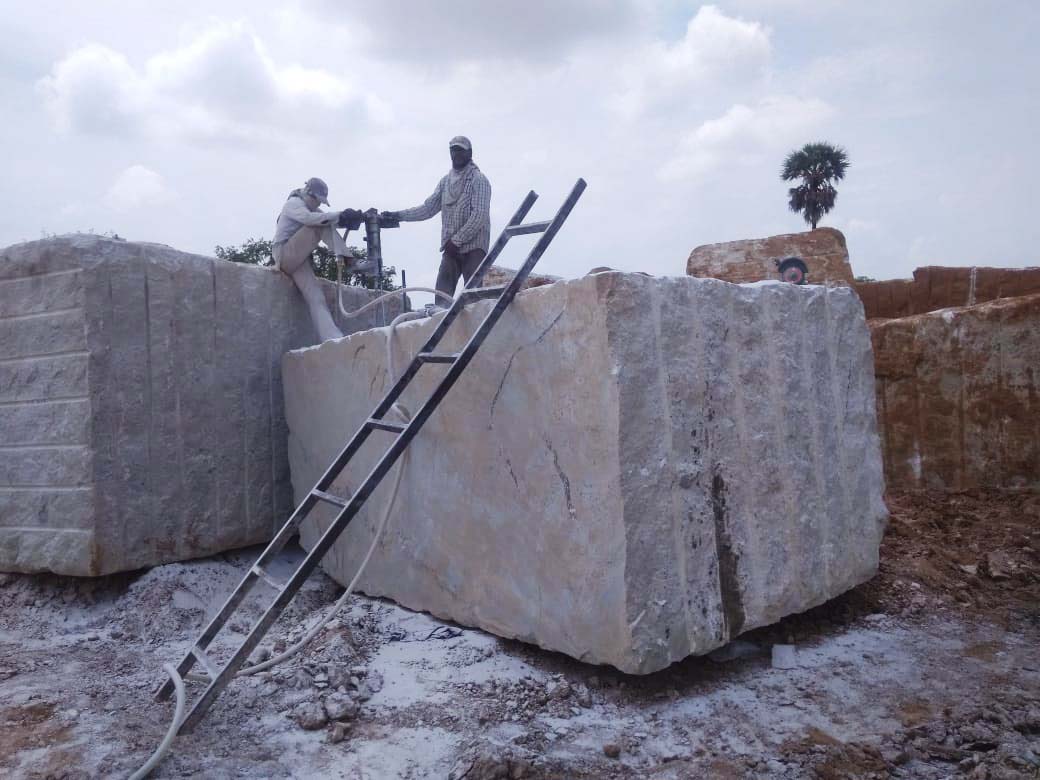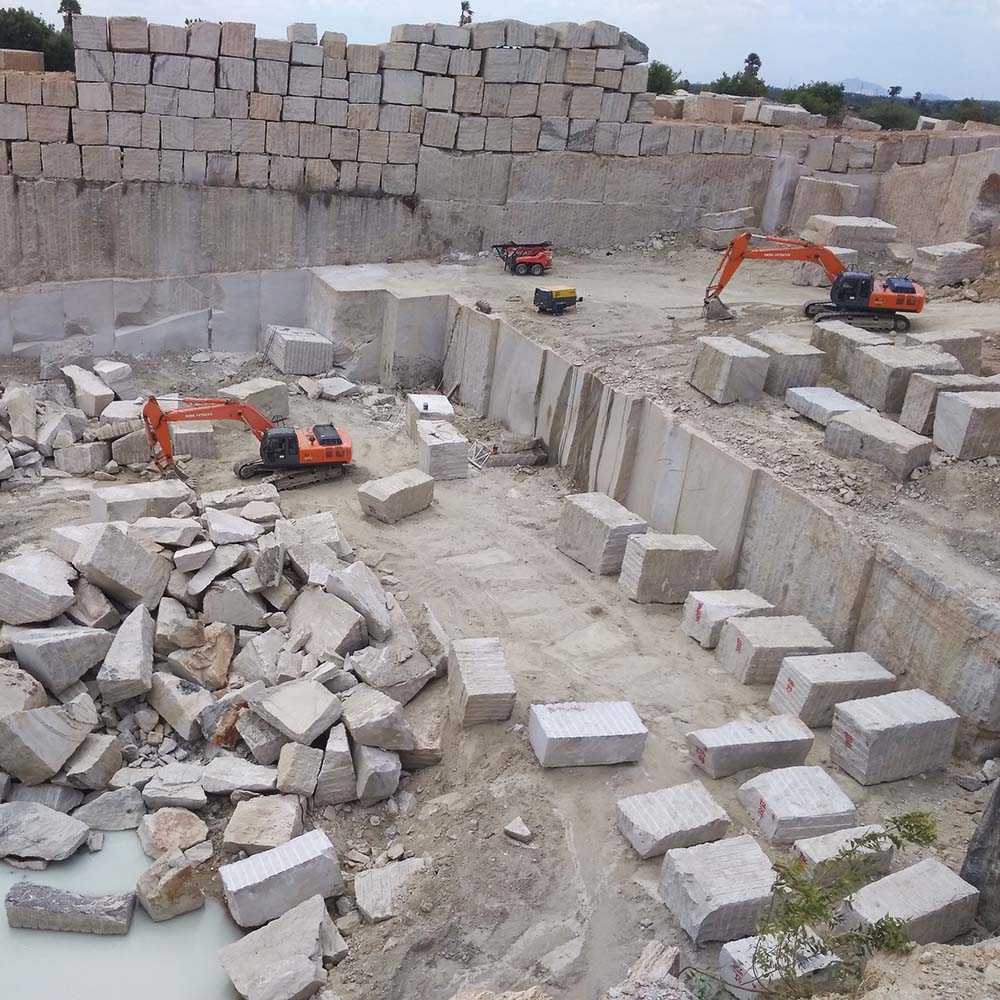Travelling Via Granite Quarries in South Africa: A Visual Odyssey
Travelling Via Granite Quarries in South Africa: A Visual Odyssey
Blog Article
Introducing the Mysteries of Granite Quarrying: Where Strength and Beauty Meet
The world of granite quarrying is a realm where the raw stamina of nature converges with human creativity to produce frameworks that stand the test of time with an air of style. From the depths of quarries to the precise polishing in workshops, the procedure of transforming granite into architectural wonders is an intricate dancing of tradition and innovation. As we peer right into the depths of this ancient craft, we begin to uncover the covert ins and outs that form the really essence of our built atmosphere.
The Origins of Granite Quarrying
In the annals of architectural background, the beginnings of granite quarrying are shrouded in a tapestry of old workmanship and geological wonders. Going back to old Egypt and Mesopotamia, the removal of granite from quarries noted the start of a trip that would at some point bring about the creation of some of the world's most renowned structures.
Granite quarrying's roots can be traced to the proficient craftsmens that identified the rock's durability and aesthetic allure. Through a combination of primitive devices and sheer resolution, these very early quarry employees uncovered granite blocks that would certainly come to be the foundation of human beings.
As human beings advanced, so did the strategies of quarrying granite. The Romans, renowned for their design prowess, developed advanced methods for extracting granite to construct monuments, temples, and roadways that stood the examination of time.
The tradition of these old quarrying methods continues to shape modern architecture, with granite remaining an icon of toughness and beauty in building jobs around the globe. (granite quarries in south africa)
Tools of the Quarrying Trade
The evolution of granite quarrying techniques from ancient worlds to modern times highlights the essential function played by the devices of the quarrying profession in shaping the sector's methods. In ancient times, quarrying devices were fundamental, commonly consisting of chisels, hammers, and wedges made from products like bronze or iron. These tools required significant workforce and time to extract granite obstructs from quarries.

In addition, the intro of pneumatically-driven tools and high-powered machinery has significantly lowered the physical labor needed in quarrying operations, improving worker safety and security and efficiency. As the quarrying sector proceeds to introduce, the devices of the profession remain at the leading edge of driving progress and shaping the future of granite extraction.
Removing Blocks of Granite
Using precision equipment and advanced strategies, the removal of granite blocks from quarries has actually become a sophisticated procedure in the contemporary quarrying industry. Regulated blasting techniques are after that employed to damage apart the granite into convenient sections.

Polishing and Finishing Techniques
To achieve a flawless surface on granite blocks, competent artisans use a collection of careful polishing and ending up strategies. After the initial removal and forming processes, the granite blocks go through a thorough sprucing up stage to improve their all-natural charm and sturdiness.
Along with sprucing up, completing methods are used to further improve the granite's look. These methods may include flaming, developing, or brushing, each offering one-of-a-kind structures and finishes to suit different visual choices. Flaming, for example, includes revealing the granite surface to high temperature levels to create a rough, textured finish, perfect for outdoor applications where slip-resistance is essential. Developing, on the other hand, supplies a matte finish that is smooth to the touch, excellent you can try these out for indoor kitchen counters and floor covering. By thoroughly picking and applying these polishing and finishing techniques, artisans can transform raw granite blocks into splendid pieces that showcase both strength and beauty.

Environmental Influence and Sustainability
With the growing focus on environmental consciousness in the sector, granite quarrying practices are significantly scrutinized for their influence on natural deposits and lasting sustainability. Quarrying for granite can have significant ecological effects. The extraction procedure frequently entails making use of heavy equipment, explosives, and big quantities of water, leading to environment devastation, soil erosion, and water air pollution. Additionally, the transportation of granite from quarries to refining centers generates carbon discharges, better contributing to environmental deterioration. granite quarries in south africa.
To minimize these impacts and guarantee sustainability in granite quarrying, market stakeholders are embracing numerous steps. Carrying out innovative modern technologies to reduce energy usage and water usage, recovering quarried land for environmental reconstruction, and promoting liable sourcing methods are some methods being utilized. Accreditations such as the Forest Stewardship Council (FSC) and the Leadership in Energy and Environmental Design (LEED) help customers determine ecologically friendly granite products.
Verdict
To conclude, granite quarrying is a process that calls for specialized devices and techniques to remove blocks of granite and brighten them to a high level of coating. While the environmental impact of quarrying can be substantial, efforts are being made to boost sustainability methods in the sector. Generally, granite quarrying is a delicate equilibrium in between utilizing the strength and sophistication of this natural rock while reducing its effect on the atmosphere.
Report this page